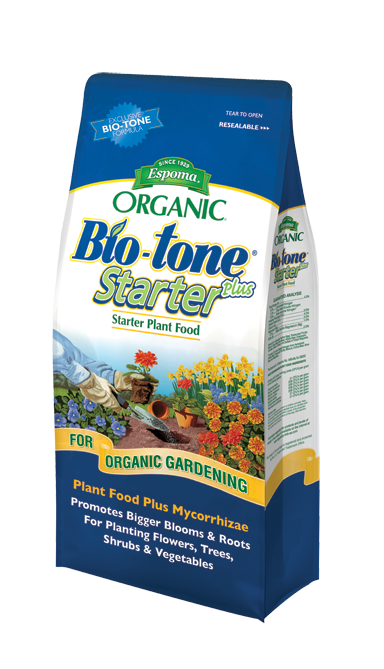Are your outside plants looking a little sad?
Don’t give up hope on them just yet! We have a list of tips and ideas to guide you through taking care of those plants that have been damaged by the cold snap we’ve experienced. Typically, temperatures falling below freezing will quickly damage or even kill many types of plants. However, with prompt care, many of these cold damaged plants can be rescued.
Here in the Midlands, the January cold snap, especially following the warm November and December have affected plants that are generally cold hardy.
 Take a walk through your yard and look for these signs on your camellias, tea olives, hollies, and podocarpus:
Take a walk through your yard and look for these signs on your camellias, tea olives, hollies, and podocarpus:
- If leaves that are typically green in the winter have turned brown, resist the temptation to “fix” them. Don’t do anything right now.
- Wait until the weather warms up and then fertilize after April 1 with a general tree and shrub fertilizer.
- Wait until after new growth appears to prune away dead branches.
- Camellia buds may drop without opening into full flowers. There is nothing you can do about that. Next year protect your camellias with a blanket and Christmas tree lights if you want to preserve the buds during a hard freeze.
Sometimes plants such as azaleas, pittosporum, hollies, gardenias, and mimosa trees won’t make their damage seen until the heat kicks in about June.
- If you see branches beginning to yellow and die out this summer, look closely at the bark on the dying branches. If you see that the bark has split, this is due to the sap freezing in January.
- When the plant tries to function in the summer, it can’t get enough water and nutrients up its stems, so it dies back.
- If the affected areas are just some of the limbs, you can cut out the dead material and let the plant recover.
- If the primary trunk is affected, the plant may not survive.
Plants that are rated Zone 8 & higher such as lomandra breeze grass, oleander, bottle brush, lantana, and angel trumpets may have been severely damaged during the January freeze.
- Fertilize with a general tree and shrub fertilizer after April 1.
- Wait until the weather warms up and look for new growth pushing out. If you get new growth, the plant survived.
- Cut back dead plant material and wait for the plant to recover through the summer.
- If you don’t see new growth by June, dig it up, throw it away and plant a new one.
 Sago Palms
Sago Palms
- If the cold got to your Zone 8+ Sago Palms, they may look particularly dead and unattractive right now. Don’t do anything.
- Fertilize with a palm tree fertilizer after April 1. We recommend Carl Pool Palm Food. Or if you have had problems with scale on your Palms in the past, use Fertilome Palm Tree Food with Systemic Insecticide.
- New growth will appear out of the center of the palm in late May early June.
- Wait until after the new growth appears before you cut off the brown fronds.
How much cold will kill a plant is not an easy question to answer. Be sure to look up the cold hardiness for the plant in question before leaving the plant outside. Some plants can survive sub-freezing temperatures for months while others cannot take temperatures below 50 F. (10 C.) for more than a few hours.

Here in the Midlands, we are rated zone 8a. The average extreme minimum temperature for zone 8a is 10-15 degrees. Coastal SC is rated zone 8b. The average extreme minimum temperature for zone 8b is 15-20 degrees. If a plant is rated hardy for Zone 8-10, it should survive temperatures that fall as low as 10 degrees. However, we have found that some zone 8 plants are hardy to zone 8b but less so for 8a. In other words, they will survive 15-20 degree temps, but not less than 15-degree temps. Also, we have found that a plant might survive one night of 14-degree temp, but several nights in a row will do it in. Also, remember that if a plant is rated hardy for zones 8-10, it likes warmer weather since zone 10 is South Florida. Zone 8 is its northernmost border of survivability. So, a zone 8-10 plant would be potentially more susceptible to extreme cold than would a zone 7-9 plant.
While saving frozen plants is possible, freeze damage to plant tissue and other cold injuries can often be prevented. When frost or freezing conditions are expected, you can protect tender plants by covering them with sheets, burlap sacks, or “frost cloth.” These should be removed once the sun returns the following morning. It’s vital as a gardener you watch the weather forecast and protect your plants when needed.
———————————————–
Here at Wingard’s Market, we specialize in providing outstanding customer service, offering professional gardening advice, and answers to your everyday gardening questions. Stop by and visit our Beautiful Gift Shoppe and Fresh Produce Market while you stroll under century-old pecan trees. It’s truly a Garden Wonderland!
Located at 1403 North Lake Drive in Lexington, SC. Call us at (803) 359-9091










 Clay Soil: If your soil type is clay, amend the soil dug from the hole by mixing with an equal amount of Wingard’s Lake Murray Soil Conditioner to promote drainage and aeration.
Clay Soil: If your soil type is clay, amend the soil dug from the hole by mixing with an equal amount of Wingard’s Lake Murray Soil Conditioner to promote drainage and aeration.


